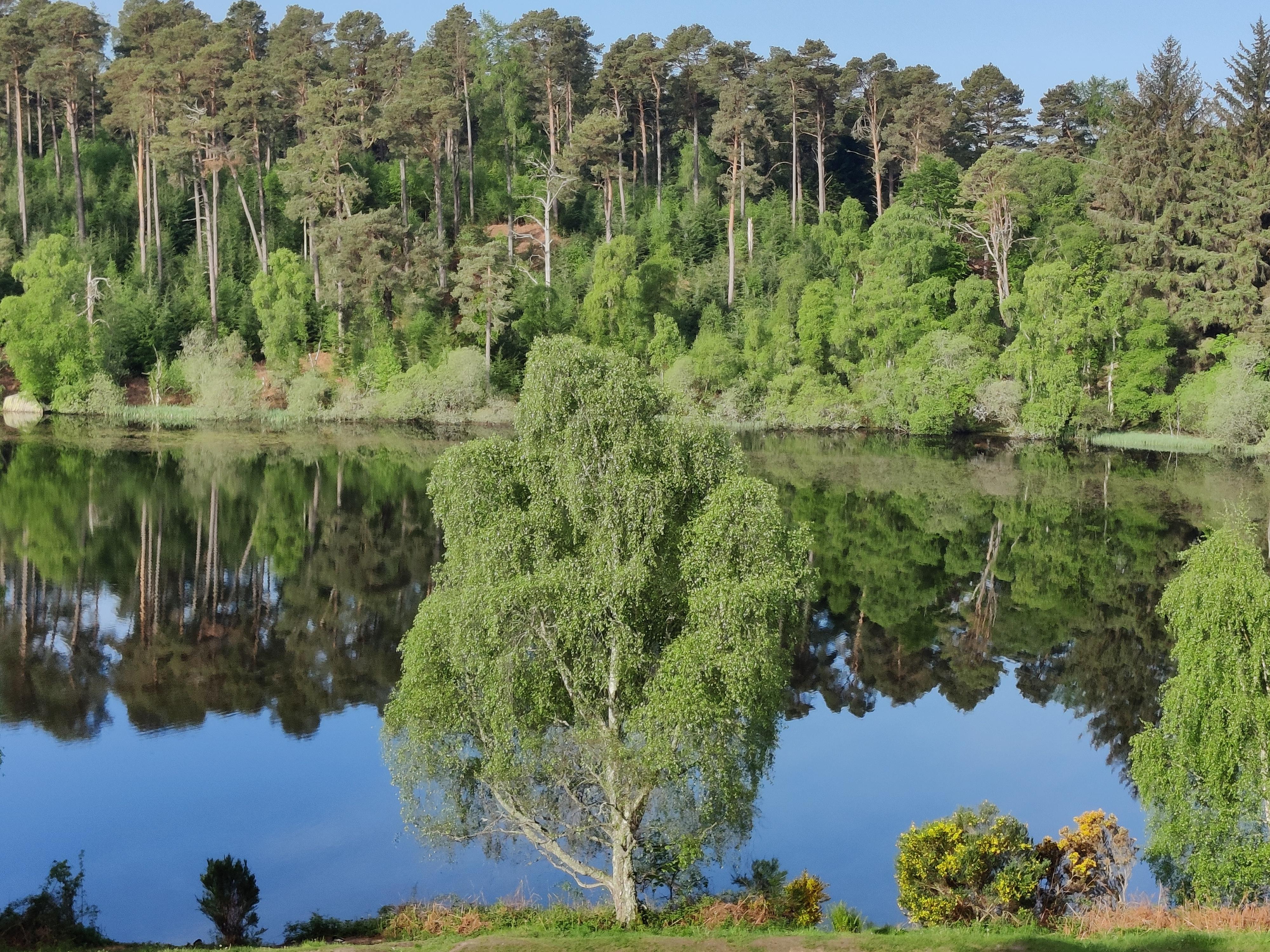-
Posts
11844 -
Joined
-
Last visited
-
Days Won
170
JohnMo last won the day on December 31 2025
JohnMo had the most liked content!
Personal Information
-
Location
NE Scotland
Recent Profile Visitors
JohnMo's Achievements

Advanced Member (5/5)
3.9k
Reputation
-

X3 Immersion heaters on a single radial
JohnMo replied to RedSpottedSev's topic in Consumer Units, RCDs, MCBOs
I think I would step back a little First decide what your running logic is for the immersions. Are they all switched together, one heating at a time etc Then test is that the right logic to take - is too simplistic or just way to complex to make sense for anyone else to try and fix it etc. will save you energy, will things fight each other etc Then when that is all making sense, plot the best control approach and from there how best to configure the wiring. -

X3 Immersion heaters on a single radial
JohnMo replied to RedSpottedSev's topic in Consumer Units, RCDs, MCBOs
Wouldn't want to have my heating system reliant on so called smart stuff, use something that has internal control for time and temp, that can be accessed remotely. Keep it simple. Then should you loose internet, or home assistant switches off or doesn't want to play, it all runs regardless. I dabbled and nearly had my head on a spike. -

X3 Immersion heaters on a single radial
JohnMo replied to RedSpottedSev's topic in Consumer Units, RCDs, MCBOs
Although 3kW is a 13A draw, you would really need 16A switching for long term reliable operation. Why do you need 3 immersion heaters? -
When I was screwing into stuff I put a blob of hybrid silicone stuff on the screw. Whether it made any difference who knows? Once a screw is in the wood the wood contracts around the thread, so I doubt there will be any leaks anyway. Ours aluminium faced so used aluminium tape to cover all the staples.
-

Floor slab insulation. Test my logic please?
JohnMo replied to saveasteading's topic in Barn Conversions
I asked AI got this answer when asking about graphite embedded in EPS insulation Value is added because the "air space" required for graphite to reflect radiant heat is actually located inside the material itself, not as a separate external gap between the insulation and the concrete. 1. Internal Reflection Within Micro-Cells Graphite insulation, specifically Graphite EPS (GPS), is composed of individual closed-cell beads. Even when tightly embedded in or under concrete: The "Air Space" is Internal: Each bead contains millions of microscopic trapped air pockets. Infrared Mirroring: The graphite particles are infused into the walls of these tiny internal cells. As radiant heat attempts to travel through the board, it hits these graphite "mirrors" and is reflected back and forth hundreds of times within the cellular structure. No External Gap Needed: Because this reflection happens at a microscopic level inside the insulation board, the board can be in direct, "intimate" contact with concrete without losing its reflective benefits. 2. Physical and Efficiency Gains Even without an external air gap, graphite adds measurable value over standard white insulation in concrete applications: -

Floor slab insulation. Test my logic please?
JohnMo replied to saveasteading's topic in Barn Conversions
Doubt in an UFH system. There is no space for radiation to occur. -
Give them a wash over with diluted bleach, to kill the mould spours.
-

Buffer tank and secondary pumps. Do I need them?
JohnMo replied to jimseng's topic in Air Source Heat Pumps (ASHP)
Really wouldn't to hung up on the UFH that has been installed, you will have ample output. Just follow some basic steps to commission it Set all flow meters at full flow. Start with a WC curve something like 20 flow at 15 outside and 30 at -3. Once you have the heating on leave to heat soak for 24 to 48 hrs. Any areas that are too warm, trim the flow rate down for the loops in those areas. If everywhere is too warm, trim back the WC curve at the cold outside end. If everywhere is too cool, add flow temp to cold outside end. Just a bit of a balancing act. -

ACO drain around whole house?
JohnMo replied to flanagaj's topic in General Self Build & DIY Discussion
Gentle slopes instead of steps. Would expect you are inviting trouble with water ingress and damp issues not following normal practice. Or you do path at what ever level you want, say at dpc level, but on the house side you have a 150mm drop and an area filled with gravel to act as a soak away, to keep water away from dpc. There are plenty of ways not have ground level at dpc level. -

Air to Air Heat Pump Operation - Constant or Timed?
JohnMo replied to mike2016's topic in Air Source Heat Pumps (ASHP)
your temperature swings look uncomfortable to me. I doubt the large swings in temperature save you much either. You may find it more comfortable setting the high temperature lower - say 19 to 20 and small set back to say 18, this will allow the fabric of the building to get warmer, heat pump have to work less hard. The work cycle will be a small increase in room temp and then tick away, rather than balls out switch it off, balls out repeat. I would try different things while monitoring outside and room temp, but also electric consumption.- 1 reply
-
- 1
-

-

ASHP low pressure help pls
JohnMo replied to canalsiderenovation's topic in Air Source Heat Pumps (ASHP)
Doesn't sound like it. -
You are only allowed zero vat when working under planning permission. At sign off of a completion certificate (you are stating you are complete) thereafter you are no longer working under planning permission, as that has been closed. Fudging and using a no longer valid planning number is down to you, but not for me say it's right/wrong on an open forum.
-

ASHP low pressure help pls
JohnMo replied to canalsiderenovation's topic in Air Source Heat Pumps (ASHP)
Your more correct the guy is a kn0b and shouldn't be let through the door.



